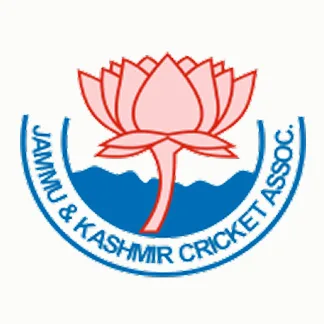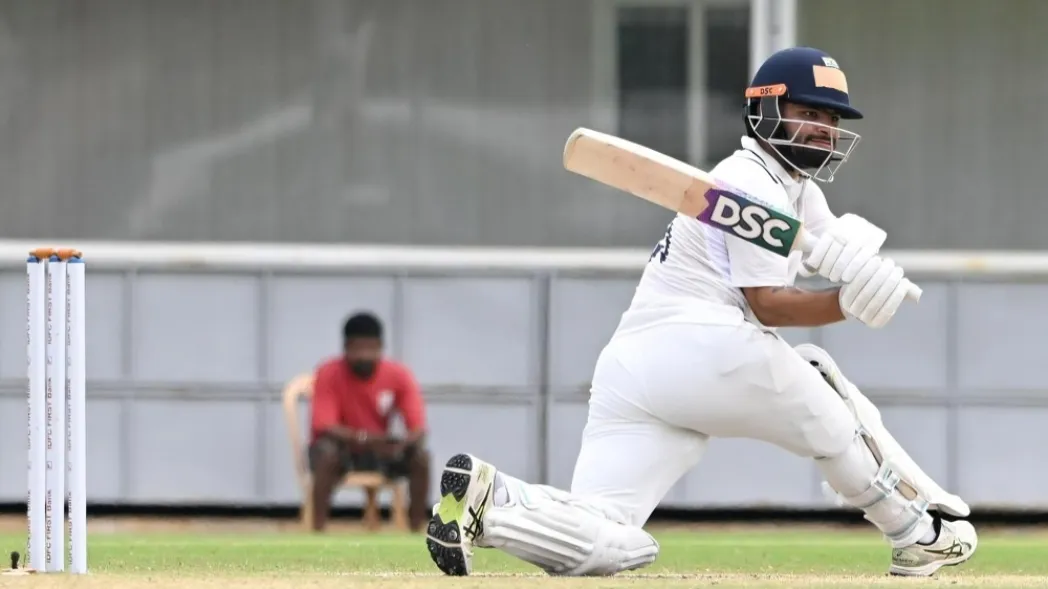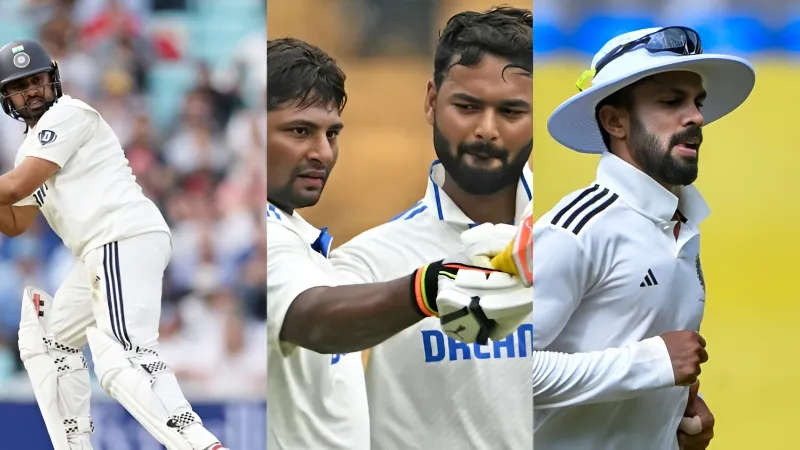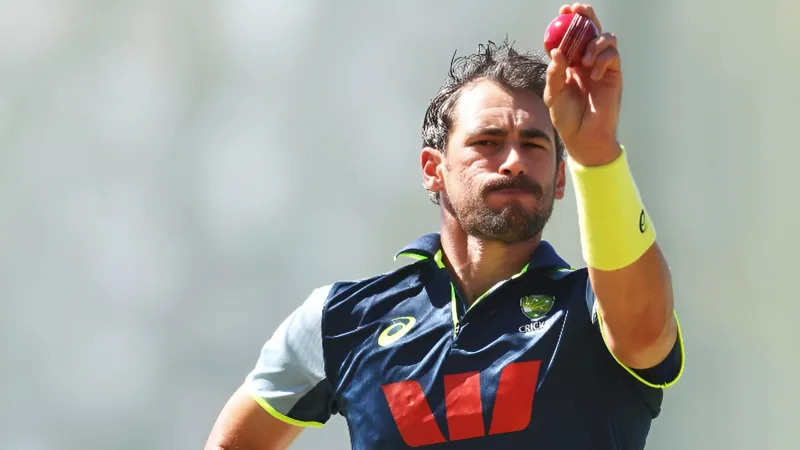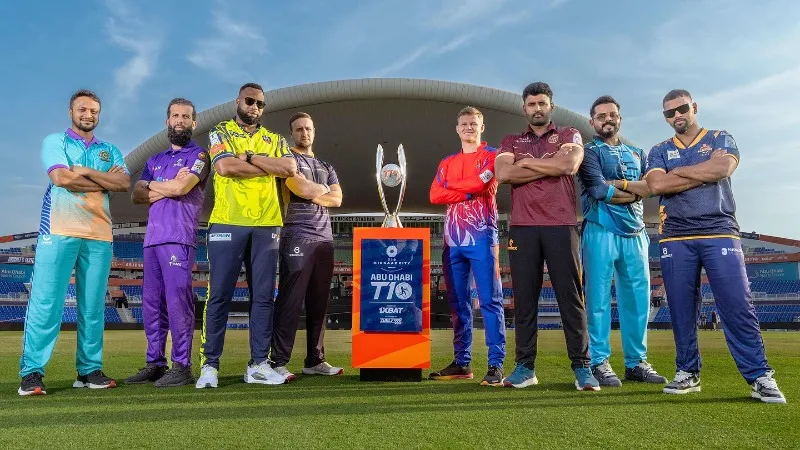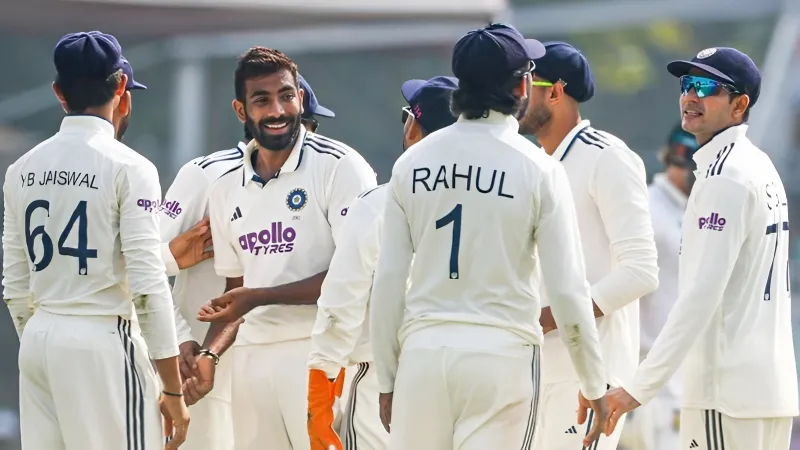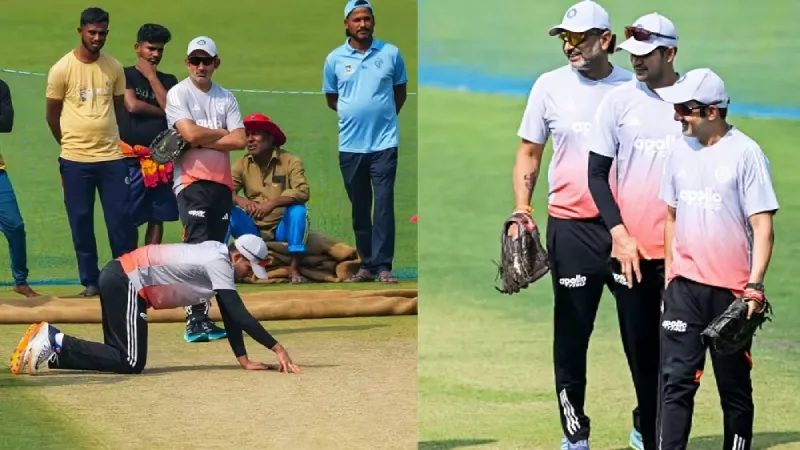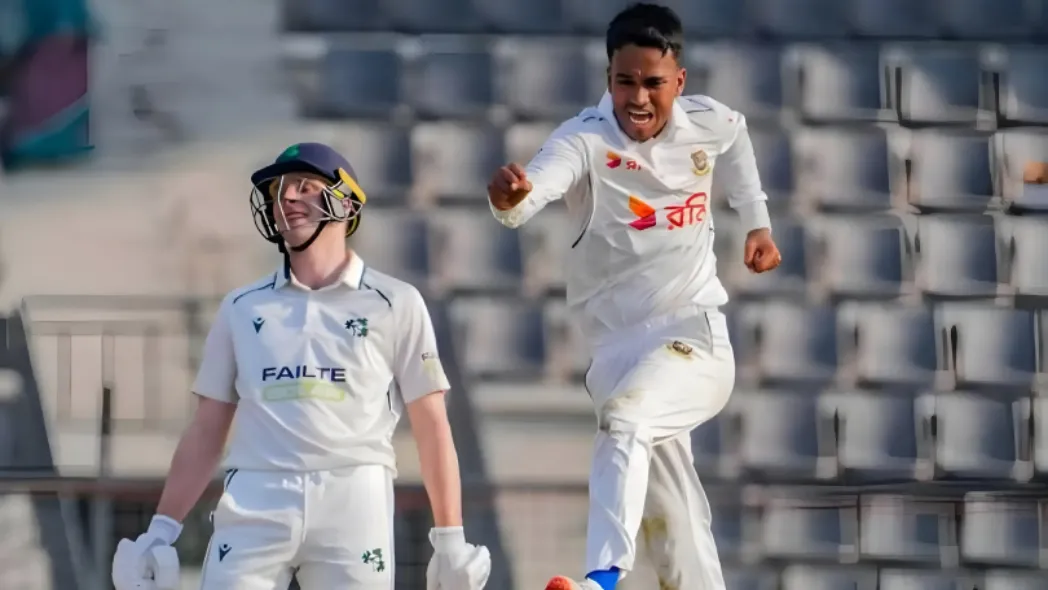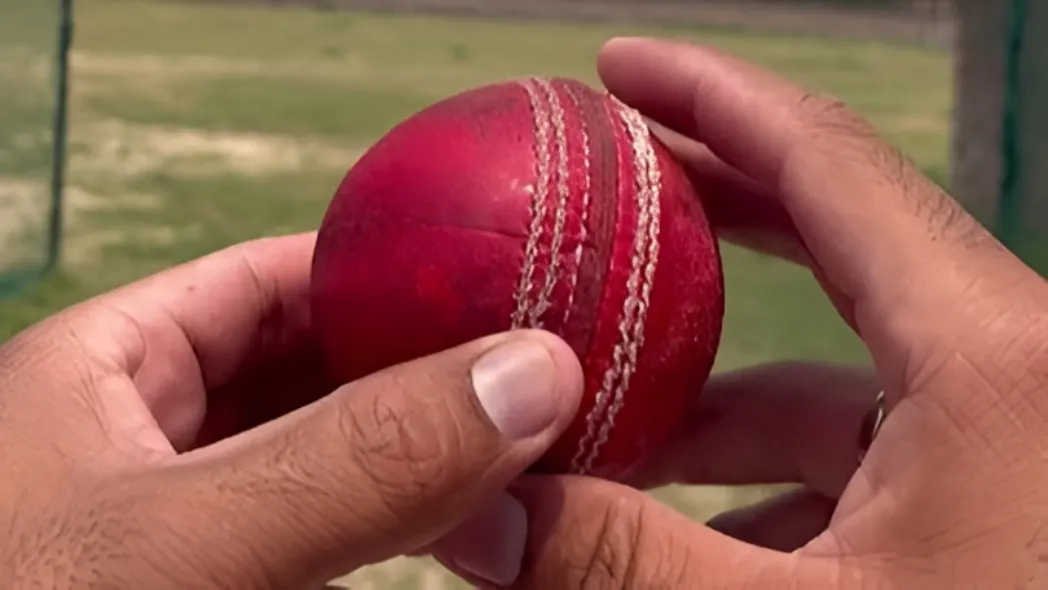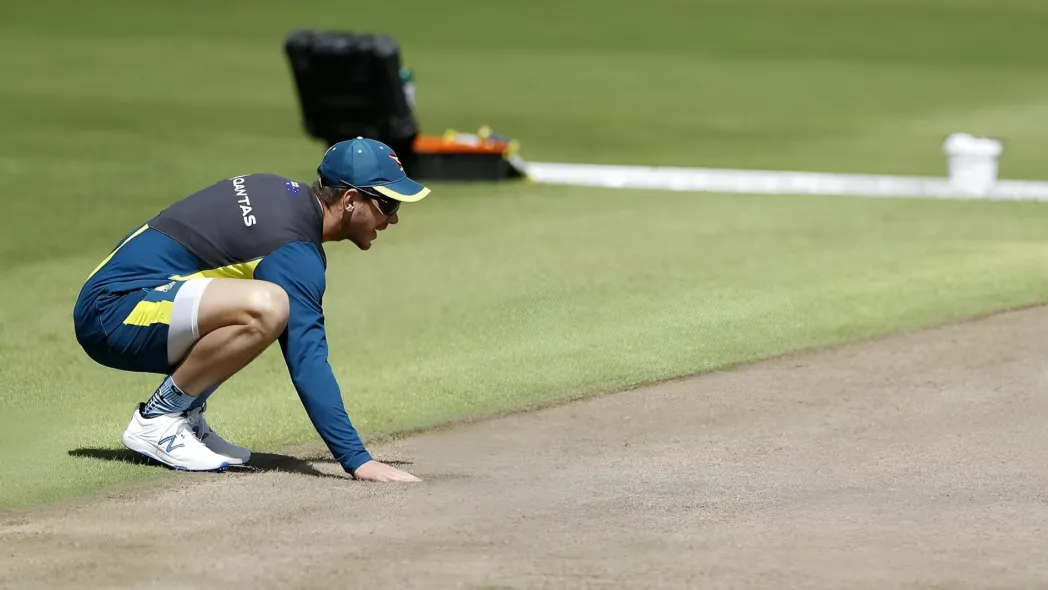Although it is rare for an association of young, unknown teens to become world-famous in such a short time span, it has happened in the past (Virat Kohli in 2008, Shubman Gill in 2018, and Brian Lara in the late 1980s). This is where many of the youth of today start to develop as cricketers. The ICC U-19 Men’s Cricket World Cup, scheduled to be co-hosted by Zimbabwe and Namibia from Jan. 15 through Feb. 6, 2026, should continue this process. In the first match of the tournament, India will face the United States, and in the second, Tanzania will play its first-ever ICC match against the West Indies. The tournament will include five venues (Harare Sports Club, Bulawayo Athletic Club, Kwekwe Sports Club, Mutare Sports Club, and Windhoek’s HP Oval) with 16 countries competing in 41 games, using a familiar group and Super Six format. For cricket enthusiasts, the question is not only “who will win the trophy?” but also “which new player will make his mark on the game in the years ahead.”
India’s Youth: Tradition Meets Pressure
India’s first round match-up against the USA exemplifies the growing disparity between global cricket development as well as the burden of historical expectation for India. India has won four U-19 World Cup titles and has had no failures in developing world-class players since its inception. However, recent years’ Indian teams have been unable to meet high expectations, and therefore, this may indicate that having great ability does not automatically translate into on-field performance. Therefore, India must demonstrate both ability and temperament when it faces Bangladesh and New Zealand in this pool. As such, the tactical challenges are quite evident. India will need to achieve two contrasting objectives.
Tanzania’s Debut: A Global Game Expands
The debut of Tanzania at the world stage of the ICC is significant as it has the potential to mark a turning point in the growth of cricket outside the established major powers in Africa. Traditionally, the countries making their first entry into the U19 Cricket World Cup have generally struggled; however, there are instances where these teams have exceeded expectations, most notably Kenya’s 1998 U19 Cricket World Cup quarter-final performance, which highlights how participation in international competitions can aid in the rapid development of the game.
Australia’s Title Defense: The Benchmark of Consistency
On January 16, with both the trophy and a long history of consistent performances to back them, Australia began its quest to defend against Ireland. In terms of player development, historically, U19 Australian teams have produced the most physically gifted, tactically astute, mentally tough players – many of whom go on to become international stars (i.e., Steve Smith and Pat Cummins). While they will be tested by local conditions in Namibia, it is equally likely to be the growing burden of expectation that will put pressure on the team.
Zimbabwe & Namibia: Hosts Navigating Opportunity and Challenge
Hosting a U-19 World Cup has a deeper significance than just being ceremonial for Zimbabwe and Namibia; it provides an opportunity for both countries to promote their cricket grounds, the passion of their fans, and to show how they can host the event successfully. The pressure to host this event is, however, subtle. Sub-Saharan hosts have historically faced many logistical challenges, such as inconsistent pitches and weather-related disruptions. To meet this challenge, Zimbabwe (with three venues) including historic Takashinga and Queens Sports Club in Harare, and Namibia (with two venues), HP Oval and Namibia Cricket Ground in Windhoek, will need to create playing conditions that will be challenging for all participating teams but not so much that one team gains or loses due to their status as either an experienced or new nation at the event.
For many, the 2026 U19 Cricket World Cup will serve as a precursor to the future of cricket, showcasing a developing youth tournament. The burden of legacy and expectation rests on the shoulders of two teams that have been at the forefront of their respective nations’ development of cricket since its inception (India and Australia). Debutants such as Tanzania are potentially expanding the global footprint of this game.
Disclaimer: This blog post reflects the author’s personal insights and analysis. Readers are encouraged to consider the perspectives shared and draw their own conclusions.
Step into the world of cricket with JeetBuzz News—where expert opinions, trending Blogs, and behind-the-scenes insights meet all your favorite topics. Stay informed, stay entertained, and never miss the stories shaping the cricketing world—only on JeetBuzz News!





















